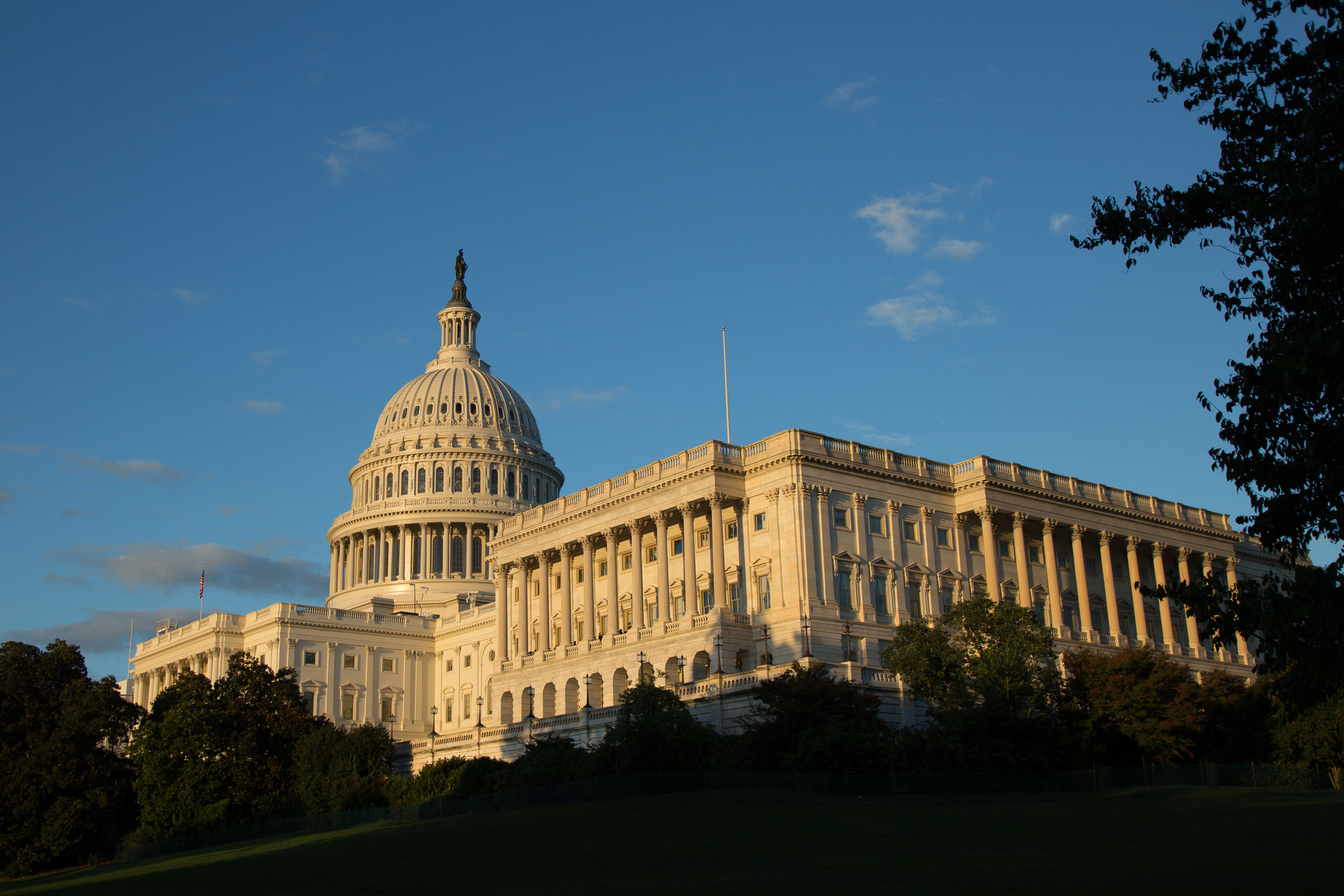
The 115th Congress brings great promise for the Republican agenda, although not all planned reforms will happen overnight.
Now that the Republican-controlled 115th Congress has convened and President Donald Trump has taken the oath of office to form the first party-unified government since 2010, there likely will be an abundance of legislative activity across a variety of policy areas. Indeed, there is a broadly shared consensus across the party on the need to consolidate regulations and restrain the administrative state. Accordingly, there is a decent probability that at least some of the Republicans’ proposed legislative measures will eventually become law. That being said, political will and the basic mechanics of governing could limit the total amount and pace of these prospective reforms.
There has been no shortage of regulatory reform proposals from the Republican Congress in recent years. But these proposals generally have languished in the U.S. Senate. Some of the most notable bills include:
- Midnight Rules Relief Act: Introduced by U.S. Representative Darrell Issa (R-Calif.) towards the end of 2016, the Midnight Rules Relief Act would amend the Congressional Review Act—a law authorizing Congress to pass “joint resolutions of disapproval,” which essentially repeal final rules. Under Rep. Issa’s bill, Congress would be permitted to consider multiple regulations under a single resolution of disapproval.
- Regulations from the Executive in Need of Scrutiny (REINS) Act: Introduced in the Wisconsin Legislature, the REINS Act would act as a preemptive Congressional Review Act, forcing congressional approval of major rules before they become final.
- Regulatory Accountability Act (RAA): The RAA would increase the amount of scrutiny and analysis in the regulatory process. Its most notable provisions include statutorily enshrining current executive-level regulatory analysis; creating a “high-impact” rule category, under which rules with costs greater than $1 billion would be subject to even greater scrutiny; requiring agency analysis for guidance documents; and authorizing greater judicial review of regulations.
- “Sue-and-Settle” Reform: Sue-and-settle litigation is a practice whereby outside special interest groups sue a federal agency in order to force the agency to promulgate a regulation under some statutory deadline, often under an expedited timeline with limited cost-benefit considerations. Since this practice takes place outside of the normal rulemaking process, legislation such as the Sunshine for Regulations and Regulatory Decrees and Settlements Act would put measures in place to increase transparency and allow interested parties greater ability to intervene legally.
Given how all of these items have already seen at least one roll call vote in past sessions, they are likely to form the core of the new Congress’s regulatory reform priorities. In fact, the Senate Republican Policy Committee has already outlined rules that it has determined Congress should target under the Congressional Review Act’s carryover provision, which allows major rules that were finalized within the last 60 legislative days of 2016 to be considered in 2017.
Speaker of the House Paul Ryan (R-Wis.), in his “A Better Way” agenda, has outlined a variety of other ideas. These include reasserting congressional oversight of regulation through the appropriations process, as well as requiring agencies to conduct additional analysis on a regulation’s cumulative and regressive impacts, among others proposals.
Despite the plethora of reform proposals under consideration, certain factors threaten to thwart their implementation. For one, prioritization and political capital may force certain otherwise-important regulatory priorities to take a back seat to other legislative objectives. Repealing the Affordable Care Act, implementing tax reform, confirming executive appointees, and filling the still-vacant U.S. Supreme Court seat, for example, will likely grab more headlines than regulatory process reform. And given the contentiousness of certain regulatory matters—particularly those involving environmental and labor issues—there is only so much political capital for congressional leaders to exhaust in exchange for other priorities.
Basic logistical matters compound such issues further. For instance, the Congressional Review Act allows for up to 10 hours of Senate debate on each resolution. The wrinkle is that Senate leadership must split this floor time between various other issues, such as the hundreds of executive and judicial appointments up for review. And although the Midnight Rules Relief Act, if it were enacted, would help mitigate this time crunch by consolidating resolutions, the political capital issue may still restrict the resolutions to a mere handful of their highest priorities. Moreover, the floor-time issue may also cause delays in the speed with which other reforms receive consideration.
The implementation of one category of regulatory proposals—long-term, structural reforms— may still face further roadblocks or delays. Any legislative measure with wide-ranging administrative directives may become law in the short-term, but its policies may take some time to actually implement as the administrative actions wind their way through notice-and-comment rulemaking process. By way of illustration, two of the biggest chunks of the regulatory state on the chopping block this year are the Affordable Care Act and the Dodd-Frank Act—two laws whose many underlying rulemakings took years to finalize. A repeal-and-replace approach addressing either law could take a commensurate period for agencies to implement fully, particularly if the statute authorizing the approach were vague and left implementation up to agency discretion, rather than giving agencies direct instructions. This holds true for any other prospective bill directing an agency to rewrite regulatory code.
Another legislative proposal with a much longer horizon is a regulatory budget process. This is an idea that has been around for decades, with plenty of debate and discussion over what form the regulatory budget could take. The proposal has seen movement in recent years, in the form of legislation establishing the basic framework of a new regulatory regime, as well as the House and Senate’s respective budget committees’ inclusion of this proposal within their overall budgetary process reform package. The effort will take some time to implement, but it could be one of the most consequential ways of restructuring the administrative state.
The 115th Congress has the potential to enact historic changes in several areas, including regulatory reform. With a friendly presidential pen and a full wheelhouse of ideas at the ready, much is possible in the coming term. However, even under a “unified government,” one cannot expect everything on the wish list to be granted overnight. There is great promise for the Republican agenda in this environment, but it will take patience and careful consideration to achieve it in a lasting way.




